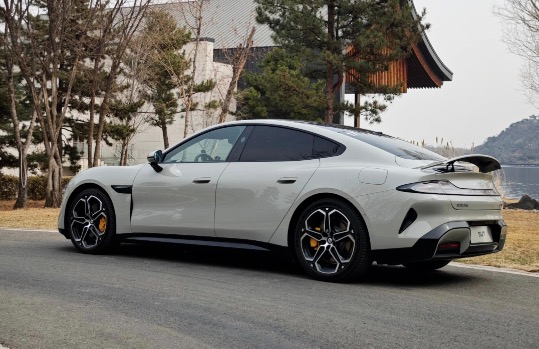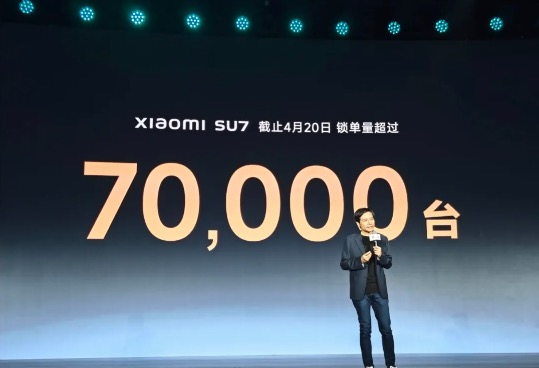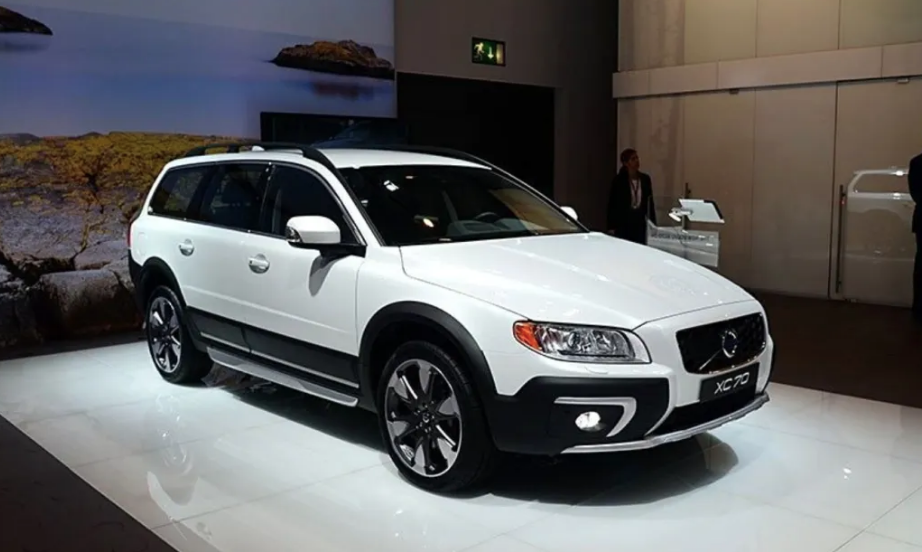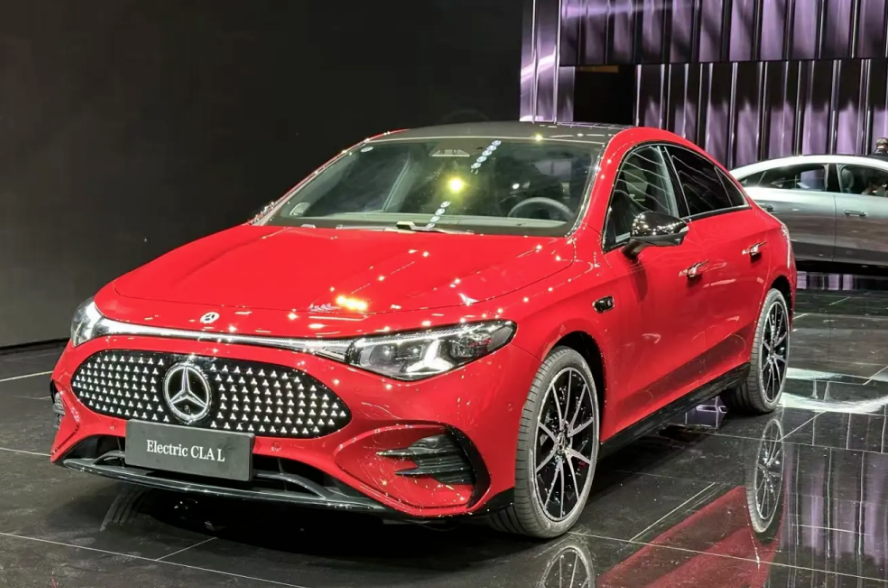Since Xiaomi’s car was listed, it has received much attention, and recent news has been continuously coming out.
On April 23rd, Lei Jun announced at Xiaomi’s investor conference that as of April 20th, the lock order volume of Xiaomi SU7 has exceeded 70,000 units, and the delivery target of Xiaomi SU7 in 2024 will exceed 100,000 vehicles.
It should be noted that “100,000 vehicles” is regarded as the life-and-death line of new car brands. For reference, Xpeng Motors took 35 months to reach 100,000 sales, and NIO was 1 month earlier than Xpeng Motors, and Li Auto took 24 months. And if Xiaomi’s cars successfully achieve the goal, it will be a historic presence. Of course, it is still too early to talk about Xiaomi’s car goals at present.
Interestingly, previously, Citibank estimated through research that the delivery volume of Xiaomi SU7 in April would be about 5,000-6,000 vehicles, and the annual delivery volume would be about 55,000-70,000 vehicles. For the above report, Xu Jieyun, the special assistant to the chairman of Xiaomi Group and the deputy general manager of the marketing department in the Chinese region, responded that this information may have a large deviation. “Citibank may underestimate the hot sales situation of Xiaomi SU7. In the past few weeks, our orders have continued to increase, and we are also fully striving to improve the delivery capacity.”

On April 18th, Lei Jun conducted a two-hour live broadcast at Xiaomi Beijing Delivery Center. In the live broadcast room, the most important news is that the standard version and PRO version have started to be delivered, which is 10 days earlier than the time publicly disclosed at the SU7 listing launch conference. It started to be delivered in Beijing and Shenzhen on the 18th afternoon. At the same time, Lei Jun is relatively satisfied with the performance of Xiaomi SU7. He believes that the initial stage of results has begun to emerge. Although the delivery speed still needs to be improved, the actual sales have already far exceeded the initial expectations, which is 3 to 5 times higher. At the end of last year, when being interviewed, Lei Jun said, “There must be expectations for Xiaomi SU7, but cars are indeed very complicated. I am especially worried that if it doesn’t become popular at the beginning, everyone won’t buy it; what I am more worried about is that if everyone comes to buy it, it will take one or two years to wait, and it will definitely be scolded badly. This is all kinds of very anxious emotions behind it.” Lei Jun said that the goal of Xiaomi’s car manufacturing in the future is to strive to enter the top five in the world within 15 to 20 years, and he will spend half of his time on car manufacturing, and the car will also be the part that involves the most personal experience. Of course, this goal is full of challenges and requires further verification of time and the market.
According to auto blogger “Sun Shaojun”, Xiaomi’s car has urgently increased its production capacity, and the daily production has increased to more than 400 vehicles, and the monthly production reaches about 10,000 vehicles, and the annual production capacity demand has been increased to 120,000 vehicles. For Lei Jun, instead of worrying about the order volume of Xiaomi SU7, what he should be more worried about is the production capacity. In the case of insufficient production capacity, it is easy to have the situation of order loss. However, Lei Jun also responded to this issue yesterday, “If you are really anxious to buy a car, domestic new energy vehicles are all good, such as Zhiji S7, NIO ET5, and Xpeng P7 series, and you can also consider choosing to buy!” Although Lei Jun believes that Xiaomi SU7 is “certainly successful in the first stage”, since its listing, Xiaomi’s car has frequently appeared in the public eye for various reasons, such as the paint falling off before delivery, the insurance premium comparable to 500,000 oil cars, and being questioned due to the brake pad area. Lei Jun admitted in the live broadcast room, “Xiaomi’s car is so popular that it makes himself worried, and almost every detail has to be looked at with a magnifying glass.”
In addition, there have been constant frictions between Xiaomi’s car and “competitor companies”. On April 8th, Zhiji L6 was marked with the wrong parameters of Xiaomi SU7 and was refuted by Xiaomi’s car three times in a row. Eventually, Zhiji Automobile issued multiple apologies to calm down. On April 16th, an employee of Jiyue Automobile revealed that after buying Xiaomi SU7, he was forced to be fired by the original company. Later, Jiyue Automobile responded that the employee seriously violated the company’s labor discipline and system, and during working hours, he was engaged in acts that were unrelated to the company’s affairs and obviously contrary to his job duties and professional ethics, and there was no correlation with the purchase of SU7.
Lei Jun once said that Xiaomi had to build cars because the car was on the tuyere. If Xiaomi wants to become a great company, it must gain traffic, and the car on the tuyere can provide enough traffic. Therefore, the field of Xiaomi’s car manufacturing is a choice forced out. For Xiaomi’s cars, the mass production of the first model has been achieved, and the orders are far beyond market expectations, but this is just the first step. If Xiaomi wants to break a way out among many new energy vehicle companies, it will definitely face many difficulties that need to be overcome.



